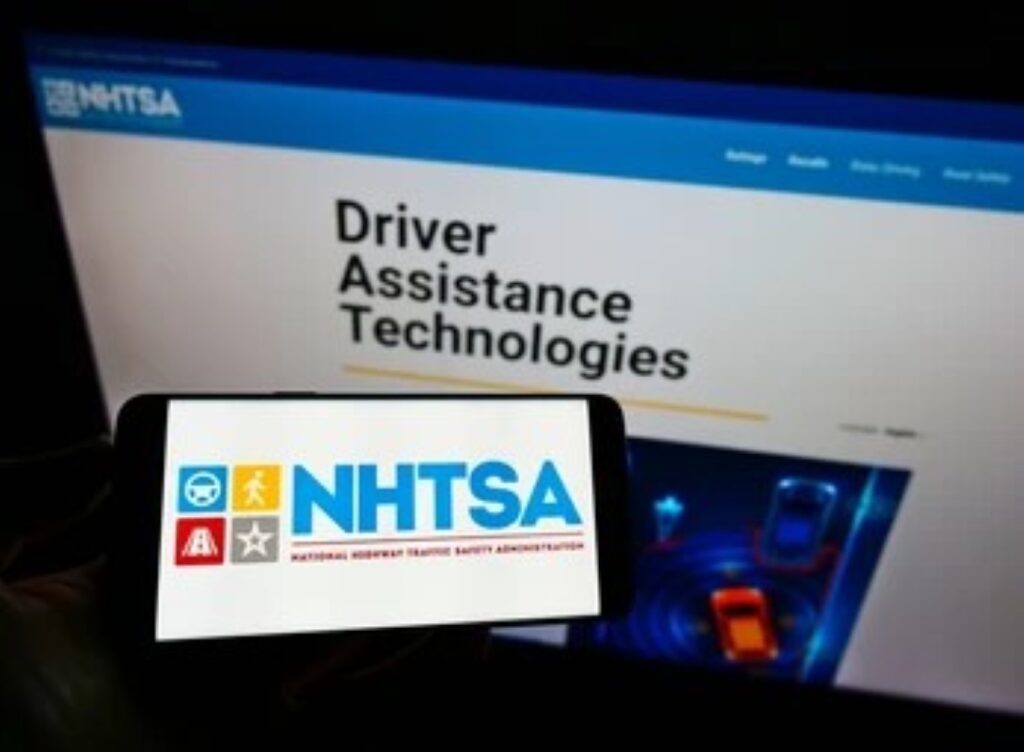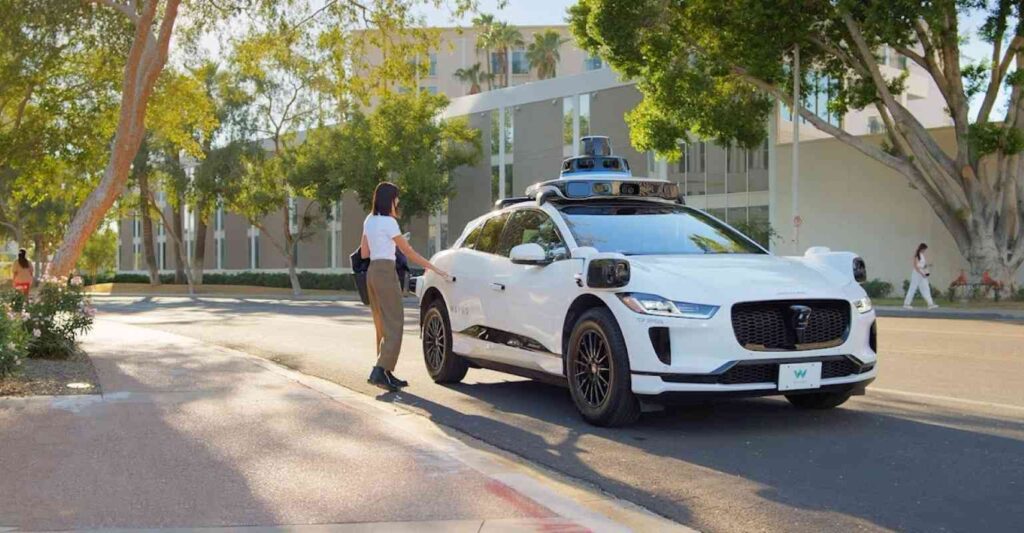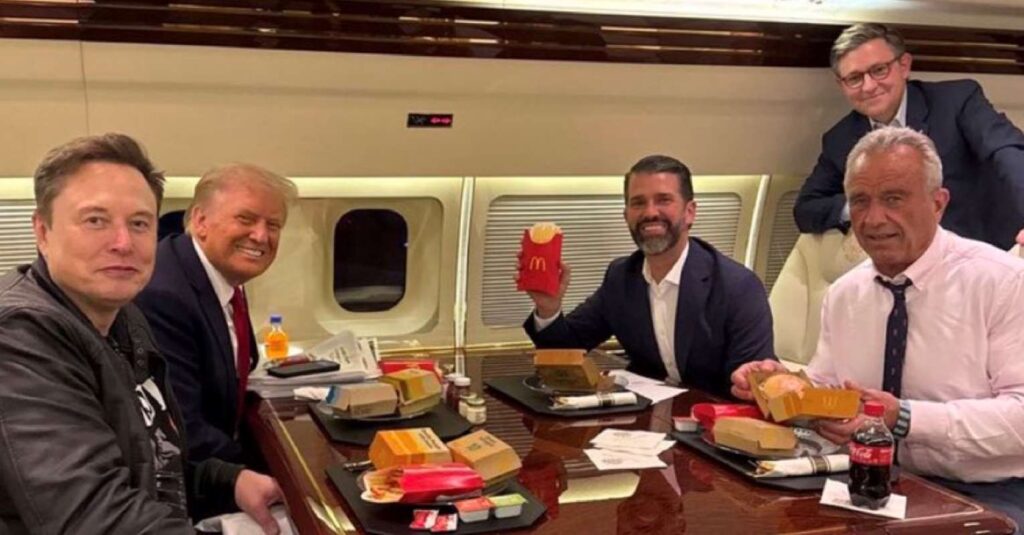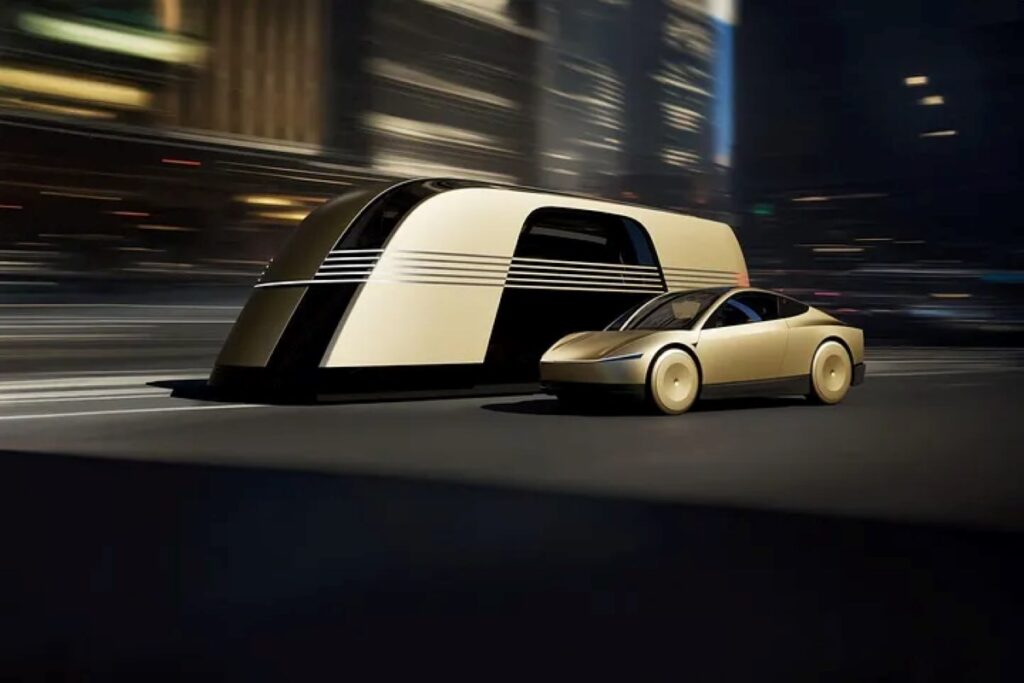Automated transportation seems to be one of the priority items on President-elect Donald Trump’s agenda. Consequently, U.S. self-driving cars from companies like Waymo and Tesla’s Robotaxi eagerly watch from the sidelines.
Indeed, Tesla shares hopped by 8% when news trickled through the grapevine that a new Federal framework for the U.S. Transport Department will eliminate previous regulatory challenges that previously plagued automated transportation.
Trump’s Transition Team Prioritizes Autonomous Vehicle Framework
Bloomberg News broke the news earlier this week about the potential implementation of executive support for transportation innovation, such as driverless technology. The report cited anonymous sources who have firsthand accounts of the proceedings.

Other news outlets have tried verifying the information by reaching out to Donald Trump’s transition team and equally prodding the National Highway Traffic Safety Administration, the entity overseeing automated transportation and accompanying road safety. However, none of the outlets could come up with reliable information.
Appointment of Musk and Ramaswamy to Lead Government Efficiency
Elon Musk played a pivotal role in the reelection of the President-elect. He attended rallies alongside Trump and was one of the audacious supporters of the Republican politician in the business world. Interestingly, it’s all about to pay off for Musk.
Last week, Trump made strong statements indicating Vivek Ramaswamy, former Republican presidential candidate, and Musk will be heading the newly-formed Department of Government Efficiency. Trump thought the new department would be pivotal to governance in the U.S. as it would eliminate bureaucratic bottlenecks. Also, this department will equally be responsible for cutting wasteful spending and relaxing excess and overbearing regulations.
Impact of Federal Framework on Tesla’s Robotaxi Ambitions
Musk’s Tesla has been touting its development of Fully Self-Driving vehicles for a while now, but they’ve not been entirely successful. So, regulatory challenges shadow the project. However, industry watchers feel that autonomous vehicles, Tesla’s inclusive, have a better shot at public deployment and commercialization with the new federal framework.
Unveiling of Tesla’s Cybercab and Robovan Models
Tesla has revealed in its mission blueprint that its long-term goal for vehicular automation is to create a robotaxi fleet. These would be self-driving cars and vans incorporating machine learning and artificial intelligence for road safety while getting people from one point to another.

Just last month, Musk unveiled his first Robotaxi, a concept car called Cybercab. Unlike other Tesla EVs, the Cybercab is a two-seater with no pedals or steering wheels. Each unit costs $30,000.
While Tesla may have been in the Robotaxi race for a while, other companies have already beaten them to it. Google’s Waymo venture is just one of the many tech companies that have successfully gone public with the operation of U.S. self-driving cars.
Expansion Plans for Full Self-Driving Technology in Texas and California
Road safety regulations have limited Robotaxis’s operation to specific locations. For example, Waymo’s driverless cars operate only in some parts of California. Similarly, Musk explained during the Cybercab and Robovan unveiling that Tesla’s vehicular automation technologies would be fully deployed in California and Texas in 2025.
Tesla will incorporate its Full Self-Driving technology in Model 3 and Model Y electric vehicles for unsupervised commuting. The Full Self-Driving technology, or FSD for short, is a driver assistance system undergoing supervised testing in Tesla electric vehicles. Albeit, the variant that has been in deployment for a while now is the ‘supervised’ version.
While Tesla is frantically gunning to perfect the ‘unsupervised’ version of its FSD, it still needs a driver behind the wheels to course-correct when the technology does not perform as expected.
ALSO READ: Tesla Electric Semi Truck Battery Ignites in Crash, Releasing Toxic Fumes in California
Potential Transportation Department Policy Leaders Identified
So far, Trump’s transition team is still hunting around for policy leaders to revolutionize the operations of the Transportation Department. Of course, it won’t be business as usual, as the President-elect wants to harness the potential of transportation innovations.

The new Transportation Department administrators will be charged with incorporating U.S. self-driving vehicles into the new federal regulatory framework. Consequently, these new policy leaders need to be familiar with the emerging industry and autonomous vehicle capabilities. These capabilities will help them craft the right regulatory policies to make driverless technology safe for public use.
Some people have already been tipped for the Transportation Department roles. Garret Graves and Sam Graves are Republican representatives for Louisiana and Missouri, respectively. Then there’s Emil Michael, a former Uber executive.
The information age has exploded with innovations powered by machine learning and artificial intelligence. True to widespread projections, job losses are imminent thanks to these innovations. Take U.S. self-driving cars as an example. Many cab drivers in downtown New York and other bustling cities may end up losing that source of livelihood.

